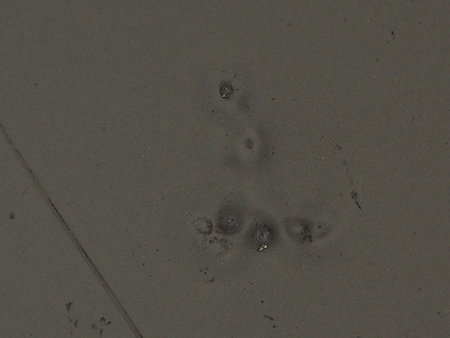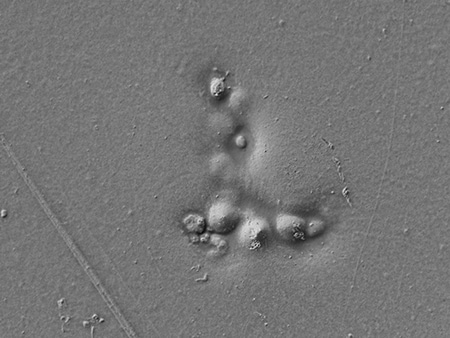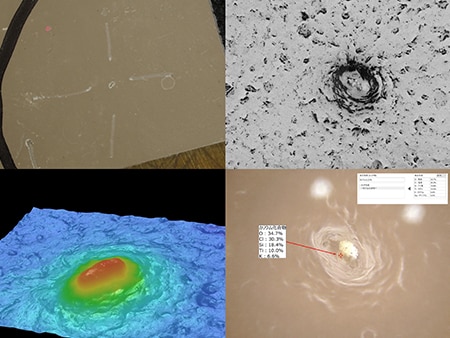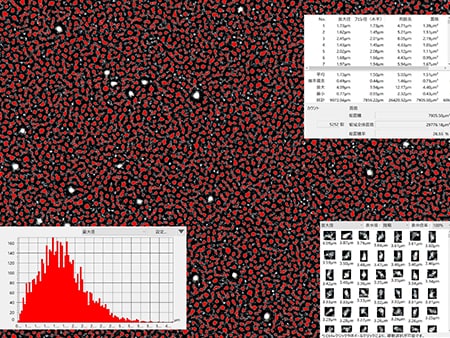Observation and Measurement of Coatings with a Digital Microscope
Coatings are utilized across various industries, but in the automotive and aerospace sectors, they provide effects such as increased material strength and added functionality. However, maximizing these effects hinges on selecting the optimal coating and application method for the target object and its purpose. This document introduces the purposes and roles of coatings, their application methods, and case studies of analysis using a digital microscope to verify their effectiveness.
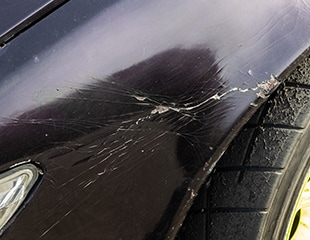
- Purpose of Use and Primary Targets for Coatings
- Roles of Coatings
- Coating Methods
- Observation and Measurement Case Studies with a Digital Microscope
Purpose of Use and Primary Targets for Coatings
| Purpose | Primary Target | Deterioration Factor |
|---|---|---|
| Corrosion Resistance | Mainly metals | Oxygen, Water |
| Weather Resistance | Mainly plastics | Ultraviolet (UV) rays |
| Decorative Properties | All materials | - |
To add strength, it is crucial to clarify the purpose of the coating for the specific target object.
Roles of Coatings
| Characteristic | Content |
|---|---|
| Mechanical Properties | Provides durability, lubrication/anti-slip properties. |
| Separation Properties | Provides waterproof, gas barrier properties. |
| Coating Properties | Provides adhesive, water-repellent, antibacterial properties. |
| Heat Resistance Properties | Provides heat resistance. |
To add functionality, it is essential to select a coating with the necessary characteristics.
Coating Methods
| Coating Methods | Precision | Skill Dependency |
|---|---|---|
| Brush/Roller Coating | Low | High |
| Dip Coating | Low | High |
| Electrodeposition Coating | High | Low |
| Atomization (Spray) Coating | High | High |
Select the optimal coating method based on the target object and the type of coating.
Observation and Measurement Case Studies with a Digital Microscope
Even after going through these processes, it is not always clear if the coating has been applied correctly. Below are analysis examples of coating conditions.
Observation of Coated Surface
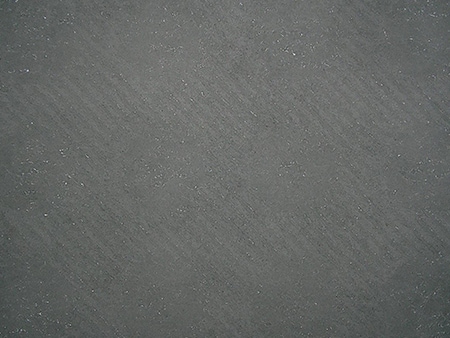
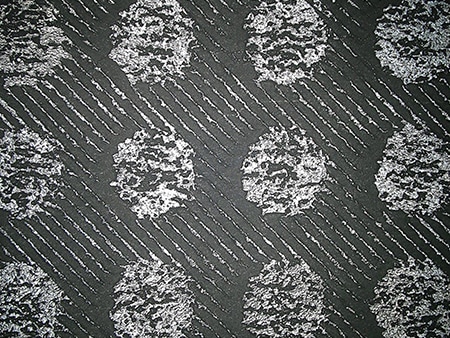
Observation of Coating Film
